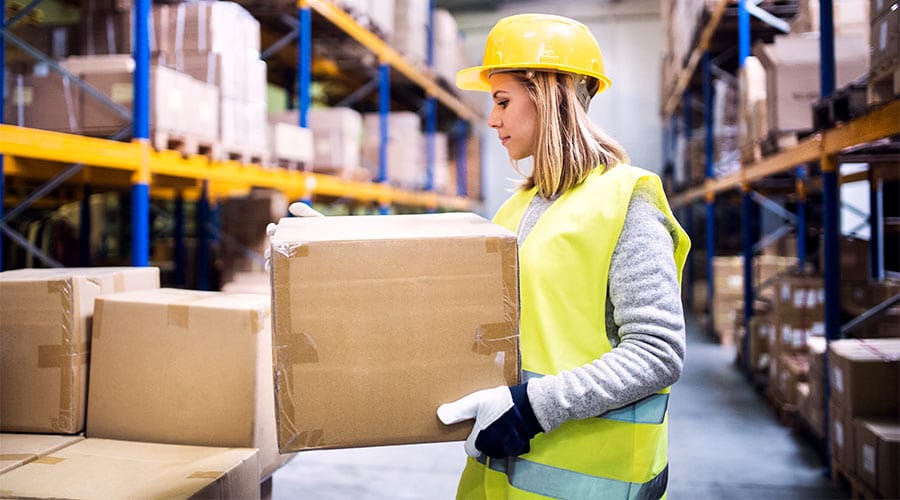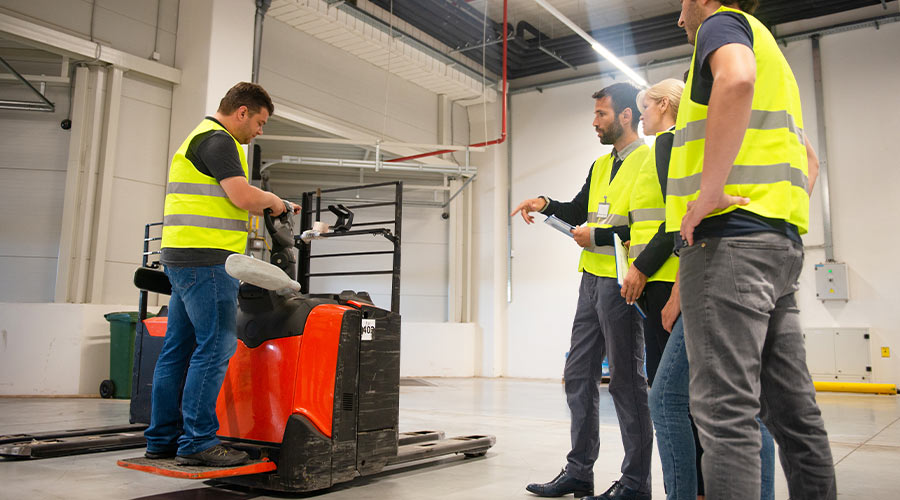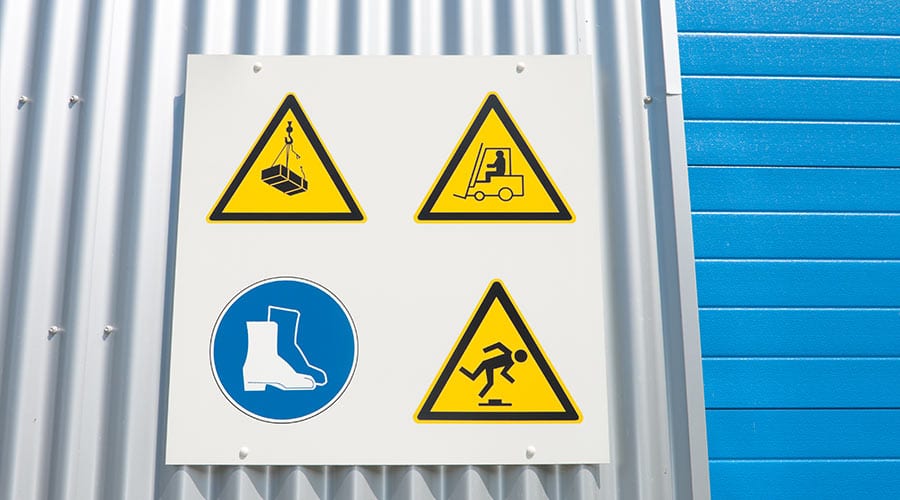HSE Workplace Injury Statistics 2019/2020
Contents
The most recent data from the Health and Safety Executive (HSE) on workplace injuries has shown a downward trend across the board due to the latter part of the 2019/20 period being the height of the pandemic. And while actual financial costs to the British industry remain to be seen for this period, Britain still lost 38.8 million working days due to work-related ill health and non-fatal workplace injuries in 2019/20. A significant and direct hit on employee wellbeing, company productivity and the business bottom line.
Workplace Injury Trends
The standout, if expected, upward trend to occur was the rise in workers suffering from workplace anxiety, stress and/or depression. Again, expected given the socio-economic climate at the time and the effects of the pandemic on industry across the board. With key workers stretched and demand for goods and services high, for example, it’s clear to see where an increase of over 500 workers per 100,000 reporting stress, depression or anxiety (new and long-standing) has come from.
111 too many. There are practical measures you can take to ensure your workers’ health, safety, and wellbeing are front of centre of your operations. Putting safety precautions in place, no matter how small, can prevent serious injury and fatalities in the future.
The most common non-fatal injury accidents and how to prevent them
%
Slips, trips and falls from a same level footing
Slips, trips & falls
The most reported non-fatal accident with 29% of all recorded, slips, trips and falls are the most common and yet likely the most avoidable. Where workplaces often fall foul is from negligence, untidiness, poor workplace planning and inappropriate workwear.
That said, slips, trips and falls can be just unfortunate accidents too. So, to ensure your premises has all bases covered, we recommend:
Planned and regular maintenance
A dedicated warehouse maintenance programme such as those available from Nene will ensure that all your equipment is safe to use.
For floors and walkways, implement a scheduled cleaning and maintenance plan to be used throughout the day and scaled up daily and weekly.
Do this to remove any trip hazards, monitor cleanliness to avoid spillages, and provide suitable waste and disposal means for workers to keep the warehouse tidy and well maintained.
Safety signage
You may need an upgrade of warehouse signage, a replacement for the odd sign that has fallen, or a completely new plan and workflow with signage to compliment it.
The signage for routes, exits, and workflow information is crucial to let workers know where they should and shouldn’t be and keep the warehouse’s flow safe and productive.
Safety signage must also be in place for hazardous materials and waste, and to mark dangerous machinery, loading points and more.
Nene provides a variety of safety signage options and products to bring any facility up to HSE safety standards.
Appropriate, industrial-grade workwear
In nearly all cases, steel toe capped boots and high visibility clothing are necessary basics you must provide to workers in your warehouse.
Depending on the role they carry out and the products in your facility, workers will need this level of protection as a bare minimum so they are visible to others and their feet are protected.
Other standard safety workwear includes hardhats, toughened clothing – trousers in particular – and gloves.
All play a crucial role in protecting people when they fall from cuts and grazes to more severe head injuries and bruising.
%
Lifting, handling & carrying accidents
Lifting, handling & carrying
The second-highest stat for non-fatal accidents with 19% recorded; this is another area that can often be blamed on negligence, poor training and ignorance. Also, while time is of the essence, the rush to get goods in and out can trump safety, with workers unduly sacrificing their health to get a job done.
Regular training (even with seasoned workers who know the drill and may forget or sidestep it!) to educate and refresh lifting and carrying best practices will help keep personal health and safety in their minds. If they actively choose not to adhere to the safety measures from training, you could put penalties in place, but ultimately, the individual needs to pick up the baton here post-training.
%
Struck by a moving object
Struck by a moving object
11% of workers overall reported this kind of injury. In our industry, these injuries can be from falling stock items to racking collapse.
High-quality racking and storage equipment, and regular racking inspections, both provided by Nene, are essential to preventing racking collapse. While thankfully not a too common occurrence, when they do happen, they are devastating, and so any and all preventative measures should be in place.
For falling objects, clear walkways with safety signage throughout will serve to keep workers safe. Top this up with regular checks and training for picking and replenishment to make sure racking and shelves are tidy and safely stacked.
%
Acts of violence
Acts of violence
Despite being a scenario everyone hopes to avoid, 9% of injuries recorded were inflicted through violence, which is significant given the circumstances of the injury.
Training and effective management are the solutions to combating violence in the workplace. Consistency in policies, zero-tolerance, dispute resolution and diversity, discrimination and inclusion training and adoption throughout the organisation are just some areas to cover.
%
Falls from height
Falls from height
At 8%, they were the lowest in the top five reported injury types in 2019/20. There are various scenarios in the warehouse and distribution industry where these kinds of injuries can occur – from slipping on the stairs and falling mezzanine flooring to ladder climbing and cherry picker accidents; there are plenty of opportunities for accidents to happen if measures are not in place.
Preventing workplace injuries
Regular training for all workers, regardless of their role on the warehouse floor, will educate people to care for themselves and be vigilant in their danger awareness and how such injuries can occur.
Where machinery or specialist knowledge is required, you must deliver the appropriate training here too. For attention and danger notices, safety signage is paramount to keep workflow safe and prevent scenarios such as too many people on a raised floor or improper use of equipment (ladders etc.)
For further information about our safety measures, products and packages, call us on 03127 300456 or email enquiries@nene.co.uk to discuss your needs further.



